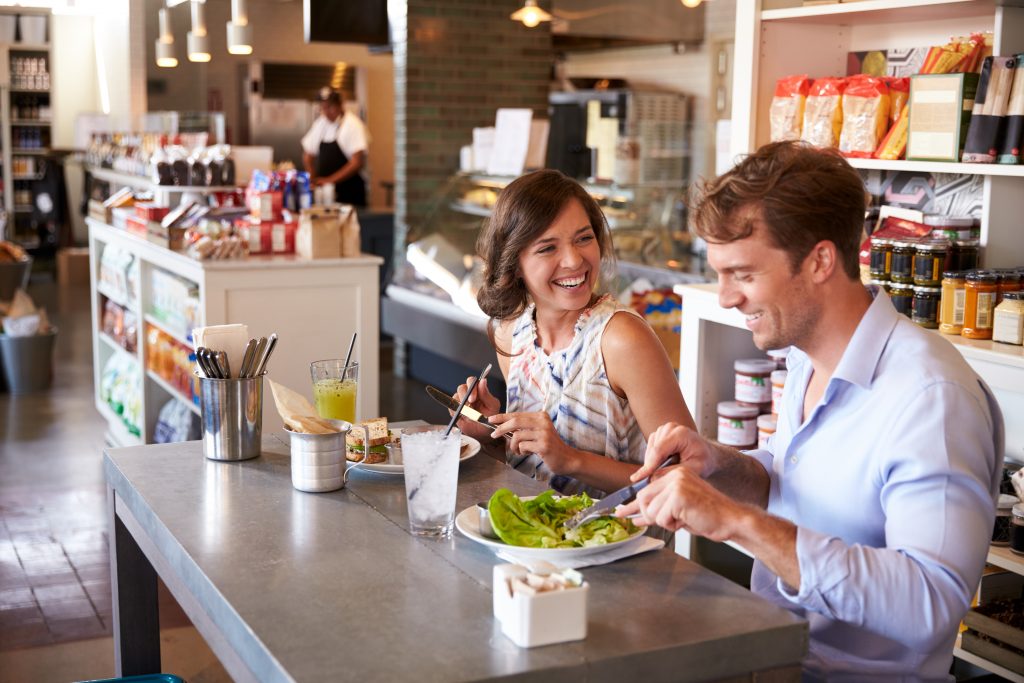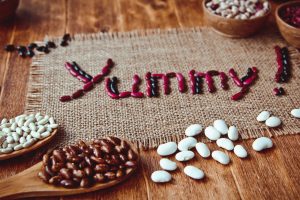You want to increase sales of the healthier options in your grab and go lunch bar, but what’s the best way to do it? Tip 1 was to place healthier items in the prime location within your grab and go displays and tip 2 was to use taste suggestibility in food descriptions to make your healthier choices sound deliciously tempting.
Tip 3 of 3: Show your healthy options are popular with other customers
If your customer is trying to choose between options at your grab and go lunch counter, sharing that the majority of other customers love a particular option can be a useful shortcut to decision making. It makes it much more likely they will give that choice a go as it provides social proof and customers trust mass opinion.
Studies show that providing social proof that other people eat and enjoy feel good foods makes them more tempting. In 2017, Thomas et al. published the results of a study they conducted in three workplace restaurants in the UK and found using messaging on posters that reinforced the social norm that other customers consumed fruits and vegetables increased the take-up of these foods by 12%.
Try using a sticker with phrases on such as “customer favourite” to highlight choices at your grab and go lunch counter, which just happen to always be feel good healthy choices too. Follow us on social media to find out our next #ShapeItTopTips.
Find out even more tips in our new book, Healthy Profits, including how you can reinvigorate your food offer, use rewards and meal deals and LOTS more! Plus, by buying our book you’ll get exclusive access to useful resources like our Healthy Profits checklist, case studies, action plan templates to name just a few! Get our book here!
Thanks so much to everyone who has helped us along the way and made Healthy Profits a reality. We couldn’t have done it without you!
References:
Salmon, S.J., De Vet, E., Adriaanse, M.A., Fennis, B.M., Veltkamp, M. and De Ridder, D.T.D. (2015). Social proof in the supermarket: Promoting healthy choices under low self-control conditions. Food Qual Prefer. 45, pp. 113-120.
Thomas, J.M., Ursell, A., Robinson, E.L., Aveyard, P., Jebb, S.A., Herman, C.P. and Higgs, S. (2017). Using a descriptive social norm to increase vegetable selection in workplace restaurant settings. Health Psychol, 36(11), pp. 1026-1033.




